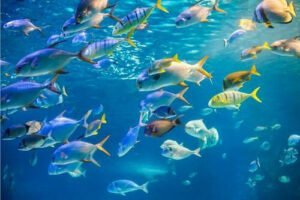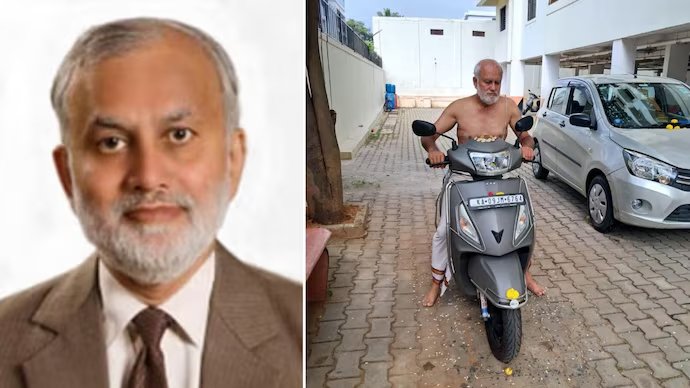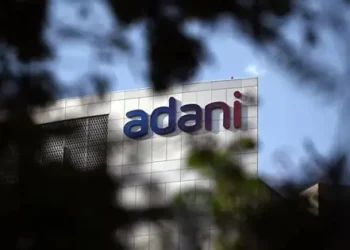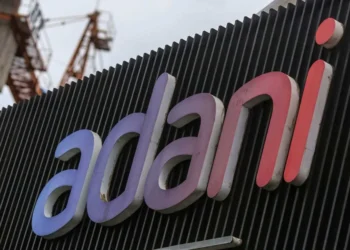Former Director General of the Indian Council of Agricultural Research (ICAR) and Padma Shri laureate Dr. Subbanna Ayyappan was discovered deceased under unexplained circumstances. On Saturday, May 10, authorities were informed after a corpse was seen in the River Cauvery close to Sai Ashram in Srirangapatna, Karnataka.
Dr. Ayyappan, residing in Mysuru with his spouse, was announced missing on May 7. On Sunday evening, officials were notified once the body was confirmed to be his. His scooter was discovered left behind on the riverbank, intensifying the enigma surrounding his death.
The Srirangapatna Police have filed a case and initiated an inquiry to determine the events that resulted in his death.
Who was Dr Subbanna Ayyappan?
Recognized as a leading figure in India’s ‘Blue Revolution’, Dr. Ayyappan developed innovative and improved methods for fish farming that transformed the practices of fish raising and catching throughout the country.
His efforts enhanced rural living standards, strengthened food systems, and boosted productivity in both coastal and inland areas. In acknowledgment of these extensive contributions, he received the Padma Shri award in 2022.
ALSO READ: CBSE Class X Results Declared; Girls Outshine Boys With 95% Pass Percentage
Born on December 10, 1955, in Yelandur, located in the Chamarajanagar district of Karnataka, Ayyappan started his notable career after earning a Bachelor of Fisheries Science (BFSc) in 1975 and a Master of Fisheries Science (MFSc) in 1977 from Mangaluru. He subsequently received a PhD in 1998 from the University of Agricultural Sciences in Bengaluru.
In a career spanning over several decades, Dr. Ayyappan’s journey in aquaculture and sustainable agriculture featured many leadership positions. He held the position of director at the Central Institute of Freshwater Aquaculture (CIFA) located in Bhubaneswar and at the Central Institute of Fisheries Education (CIFE) situated in Mumbai.
Dr Subbanna was the founding CEO of the National Fisheries Development Board (NFDB) in Hyderabad and subsequently served as Secretary in the Department of Agricultural Research and Education (DARE) for the Government of India.
In his last few years, he led the National Accreditation Board for Testing and Calibration Laboratories (NABL) and was the Vice-Chancellor of the Central Agricultural University (CAU) in Imphal.
The Blue Revolution

The Blue Revolution in India denotes the significant rise in fish and other aquatic organism production via intensive aquaculture methods, which started in the 1980s.
This revolution addressed the increasing need for fish as a protein source and sought to enhance the livelihoods of people engaged in the fishing sector.
This transformation pertains to updating the fisheries sector by utilizing cutting-edge technologies, improving management practices, and focusing on sustainability.
The Blue Revolution signified a crucial period in India’s fisheries industry, elevating the country to one of the top producers of fish and aquaculture goods globally. It has greatly increased fish production and exports, improving food security and economic welfare.













